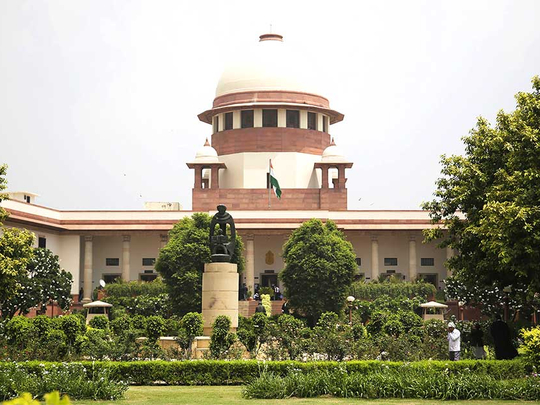
Dubai: The Indian supreme court order that having sexual intercourse with a wife younger than 18 is rape, finally removes a legal loophole that allowed men to have sex with children as young as 15 — provided the pair was married.
In 2013, following the outrage after the fatal gang-rape of Nirbhaya in New Delhi, the Indian government had raised the age of consent to 18 and legislated tough new laws against sexual violence.
When taken in conjunction with those legal reforms, the current set of laws shows the Indian judiciary and the government’s continued journey towards gender justice and dismantling deep-rooted patriarchal attitudes in a rapidly evolving society.
However, three issues stand out following the supreme court’s landmark verdict.
First, the court verdict steered clear of a more controversial issue — of martial rape, which is currently the subject of separate legal proceedings and is also being fiercely debated across society.
Second, it is laudable that the criminal code has been amended to get rid of the exception for married couples.
But while many activists have applauded this as a step towards the abolition of child marriages, the ground reality might prove otherwise in a country where around 46 per cent of women aged between 18 and 29 were married before reaching legal adulthood.
Successive governments in India had either defended or overlooked the exception citing the social and economic situation of a vast majority of the population, especially in economically backward areas.
And despite outlawing child marriage, the most recent national census estimated that nearly 12 million Indian children under the age of 10 were married — with the majority being girls from poverty-stricken rural families with hardly any education.
Such primitive traditions have no place in a modern society, and certainly not in a country which often prides itself on the achievements of its women — from Indira Gandhi, the first woman Prime Minister of India; Mother Teresa, India’s first woman Nobel laureate; and Anandibai Joshi, who became India’s first female physician in 1887, to Kalpana Chawla, the first Indian woman in space; Justice M. Fathima Beevi, the nation’s first female judge for Supreme Court and Mithali Raj, the captain of the national women’s cricket team who became the world’s first woman to score a double century in Test cricket.
Third, in handing out the verdict without explicitly cracking down on the enforcement of its law against child marriages, the supreme court has reinforced the impression that such practices still remain within the purview of an acceptable social malaise.
While eradicating child marriages is a massive challenge, it is not impossible — and a country like India does look up to its judiciary to explicitly ensure compliance and results.
Therefore, unless such laws are enforced and simultaneously followed up with sustained national initiatives on literacy, education and economic uplift, landmark verdicts such as this one will largely remain honourable in intention.












